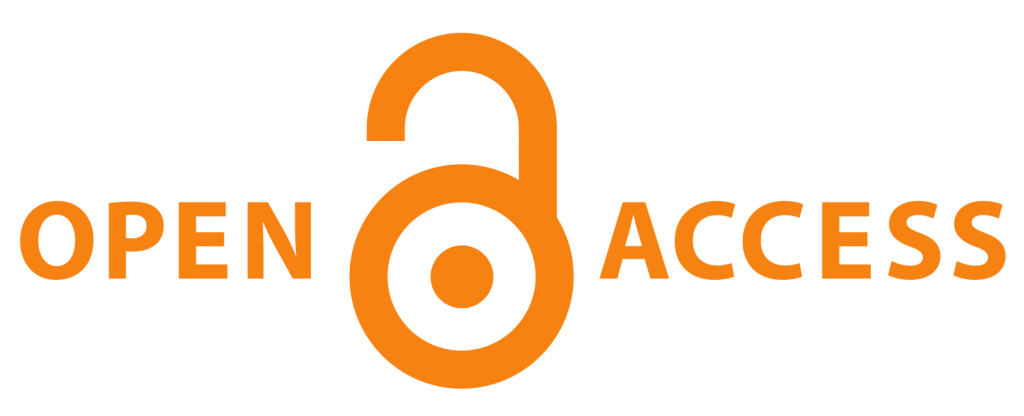Submission Preparation Checklist
As part of the submission process, authors are required to check off their submission's compliance with all of the following items, and submissions may be returned to authors that do not adhere to these guidelines.- Author Warranties: by submission of material to the RVTTI International Conferences and AfriTVET all authors warrant that the material is their own, original material or that copyright clearance has been acquired to reproduce other material from employers, third parties or attributed to third parties, and that the material has not been previously published and is not under consideration for publication elsewhere. AfriTVET reserves right to reject any work that abuses the fair usage policy through plagiarism and the like
-
By submitting material to RVTTI International Conferences and AfriTVET, all authors of the material agree to indemnify AfriTVET, and its heirs and assigns in business, against any litigation or claims that may arise from the content of or opinions in the material provided. Submission of material to RVTTI International Conferences and AfriTVET also imply all authors’ consent to assignment of the material’s copyright to AfriTVET when that material is accepted for publication in the journal, for the full legal term of copyright and any renewals thereof throughout the world in all formats and in any medium of communication.
If the corresponding author is no longer active, any of the other authors may become the corresponding author and they will accordingly be bound by these terms and conditions.
(Note: On acceptance for publication, an agreement specifying the terms noted here and above will be sent to the corresponding author for signature by the corresponding author who is duly authorized to sign this agreement on behalf of all authors and contributors. No printers proof will be sent to the author. The copy provided by the author on acceptance is the version used for typesetting. The publisher reserves the right to make editing corrections). - 3. The text adheres to the stylistic and bibliographic requirements outlined in the Author Guidelines, which is found in the guidelines above.
- A citation should refer to a publication listed in the References section of the manuscript and all references should have been cited in the text
- Tables and figures - Note that tables have no vertical lines within or outside the text. i.e use only limited and necessary horizontal lines and NO vertical lines
- Papers published in AfriTVET are directly sourced from the RVTTI International Conferences.No further charge will be surcharged to the presenters who have presented their papers in their conference. The Conference Rates are; Kenyan and East African Participants @KES 4, 000 each, Non East African Participants @ USD 100 each or its KES equivalent. Group rates available for 5 or more
Copyright Notice
Copyright Notice Copyright of published articles is held by AfriTVET. No limitation will be placed on the personal freedom of authors to copy or to use in subsequent work, material contained in their papers. Please contact the Publisher for clarification if you are unsure of the use of copyright material. Apart from fair dealing for the purposes of research and private study, or criticism and or review, this publication may only be reproduced, stored or transmitted, in any form or by any means, with the prior permission in writing of the Publishers.Privacy Statement
The names and email addresses entered in this journal site will be used exclusively for the stated purposes of this journal and will not be made available for any other purpose or to any other party.


